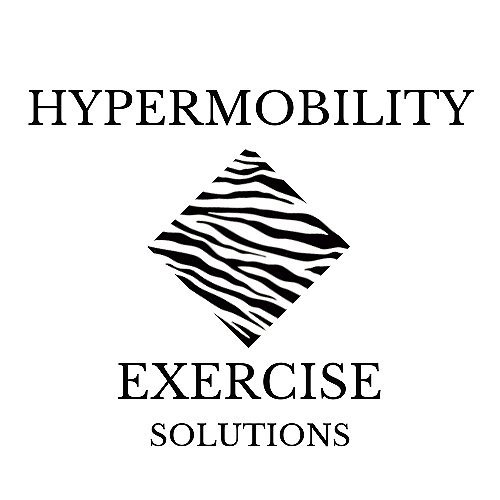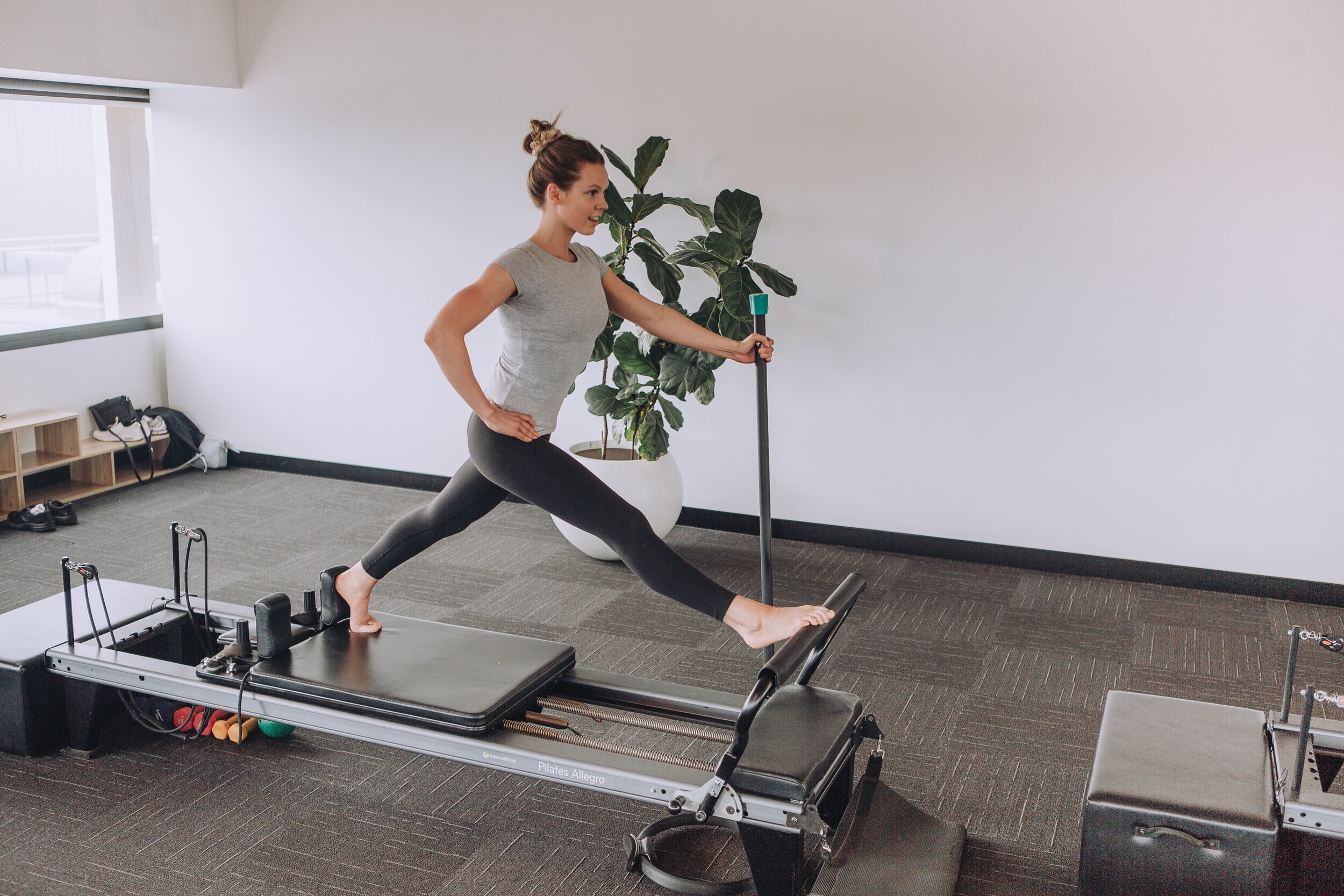Low Impact Cardio Exercises for Pesky Joint Issues
If you suffer from joint issues, it’s essential to engage in low-impact to no-impact cardio exercises. In order to prevent re-injuring or agitating a joint injury, you’ll want to skip the treadmill and engage in minimal impact exercises.
How to Workout with Joint Issues
The big catch 22 with joint problems is you need to stimulate the joint with low-impact or weight resistance exercises. This encourages cartilage and connective tissue growth that’s vital to recovery. However, you can’t do high-impact exercises such as running. So how do you build up that important connective tissue without re-injuring yourself? The key is low-impact cardio exercises, combined with the proper physical therapy regimen from your healthcare professional.
Check with Your Health Professional
Before engaging in any of these exercises, remember, each injury is different. Always seek advice from a qualified professional prior to engaging in any physical exercise after an injury.
What Intensity Should I Aim for?
When you’re engaging in low-impact cardio workouts, you want to keep a brisk pace, but not so intense that you overdo it and cause or aggravate an injury. Think of going at a pace that is about a 6 or 7 out of ten on the intensity scale. A good rule of thumb is to aim for an intensity that enables you to talk normally for a few sentences and then need to catch your breath. If you can’t talk for more than a couple of words, consider taking it down a notch until you’re at a medium level of intensity.
How Often Should I Work Out with a Joint Injury?
Again, workout frequency and duration vary depending on your unique injury. However, you certainly want to start low and slow, especially if you have tendonitis or underwent surgery. A good rule of thumb is to start with 10-15 minutes of cardio 3 times a week. Keep the resistance on your machine low and focus on proper movement for each exercise.
Cardio Workouts for Upper Body Joint Issues
Photo by Maddi Bazzocco on Unsplash
Upper body joint issues, such as your wrists, elbows, and shoulders, are tricky. You’ll still want to avoid high-impact workouts, like running, because you can still irritate your upper body. Instead, opt to workout on a hand bike or ergometer machine. The handbike has many benefits, including the ability to help build back some of that much-needed joint tissue in your shoulders and wrists. For stationary bikes, be sure to pedal both forward and backward.
How to Get a Cardio Workout with Lower Body Joint Injuries
Lower-body joint injuries can certainly stop you in your tracks - literally. Runners often suffer from bad knees, while bikers can suffer from hip and back pain. If a lower-body joint injury has you down and out, consider these alternatives instead.
Hop on the Elliptical
Elliptical machines are the best non-impact workout machines at the gym. Keep a good tempo (not too fast, but not too slow) and alternate between using the handles and using your balance. When you drop the arm movement, you’re forcing your core to engage which helps to stabilize your hips and knees. Keep your upper body stacked with good posture to avoid developing any additional injuries. Remember, add resistance, not speed as your workout improves.
Get Outside for Your Cardio
Another way to engage in low-impact cardio is to get outside and go for a hike. Hiking slowly over short distances helps improve your stability more than simply walking along a sidewalk. For starters, dirt is softer than concrete, so the workout has less of an impact on your joints. Also, moving slowly, but intentionally through uneven terrain helps you develop stabilization in your joints naturally.
Just be sure not to bite off more than you can chew. Think level ground and low mileage. Instead of hiking fast up steep hills, focus on each step and keep your knees, hips, and ankles in alignment.
Photo by chuttersnap on Unsplash
Low Impact Water Sports
Any kind of water sport, from swimming laps to weighted water walking, even water aerobics is an excellent way to engage in a low-impact workout. The water produces a near-weightless environment so you can workout without worrying about impact. These workouts are ideal for anyone who has access to a pool but doesn’t have an injury from swimming. With water sports, you can push without overloading your joints.
These joint-friendly, low-impact cardio workout ideas are the perfect choice for those looking to still get a good sweat while they recover from an injury. Remember to always get medical approval before engaging in a workout routine. Once you get the okay, focus on low and slow in order to build up that much-needed connective tissue strength over time.


